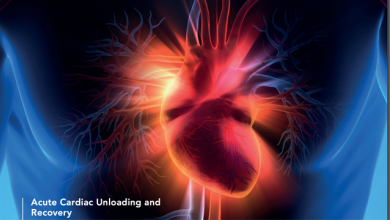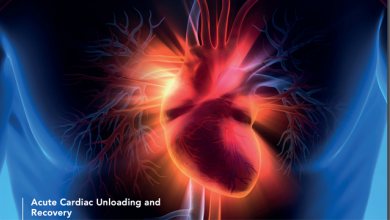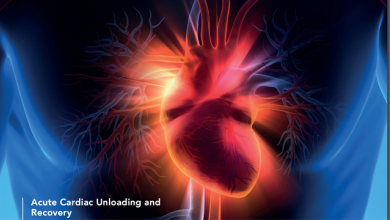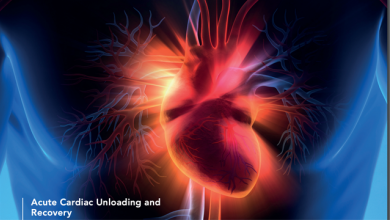Search results
Acute Unloading in the Setting of Acute Myocardial Infarction Complicated by Cardiogenic Shock
Author(s):
William O’Neill
Added:
6 years ago
Article
Author(s):
Stéphane G Carlier
Added:
3 years ago
Cordis Corporation recently announced that it has received CE mark approval for the treatment of acute myocardial infarction (AMI) using the CYPHER® SELECT™ PLUS sirolimus-eluting coronary stent. CE marking means conformity to the applicable European Directive, and in the specific context of AMI permits the CYPHER stent to be placed on the market for treatment of AMI in all Member States of the…
View more
Author(s):
Mark H Anderson
Added:
6 years ago
Author(s):
Henning Rud Andersen
,
Christian Juhl Terkelsen
Added:
3 years ago
In patients with ST-elevation myocardial infarction (STEMI), reperfusion can either be in the form of fibrinolysis or primary percutaneous coronary intervention (PCI). In recent years, several trials have proven the superiority of primary PCI compared with fibrinolysis,1-5 and it is estimated that primary PCI saves an extra 26 lives per 1,000 treated, when compared with fibrinolysis (Table 1).3…
View more
Author(s):
David Antoniucci
Added:
3 years ago
In the setting of acute myocardial infarction (AMI), spontaneous and percutaneous coronary intervention (PCI)-related embolisation results in a decreased efficacy of mechanical reperfusion and myocardial salvage. Direct stenting without predilation may decrease embolisation and the incidence of the no-reflow phenomenon.1,2 More specific approaches to the problem of microvessel embolisation during…
View more
Author(s):
Aman Ali
,
Timothy A Sanborn
Added:
3 years ago
Cardiogenic shock (CS) remains the leading cause of death among patients hospitalised for acute myocardial infarction (AMI), with mortality rates of approximately 50%.1 Even with the benefit of thrombolytic therapy and intra-aortic balloon pumps (IABPs), the in-hospital mortality rate of patients with CS from AMI was only lowered from 63 to 47% according to a report from the SHould we emergently…
View more
Author(s):
Babar Basir
Added:
6 years ago
Cardiac Unloading and Recovery in Cardiogenic Shock: From Disease Modelling to Real Patients
Author(s):
Patrick Hunziker
Added:
6 years ago
Article
Author(s):
Daniel Burkhoff
Added:
6 years ago
Author(s):
Gregg Stone
Added:
3 years ago
Drug-eluting stents (DES) are the standard percutaneous treatment strategy in patients with coronary artery disease (CAD). Their use has further reduced the incidence of restenosis and repeatrevascularisation in single vessel de novo disease. These stents have bioactive coatings that, through a complex mechanism, allow the release of various antiinflammatory and anti-proliferative drugs at high…
View more















